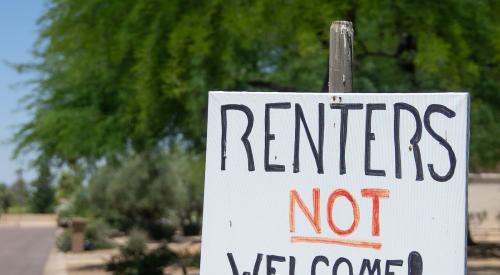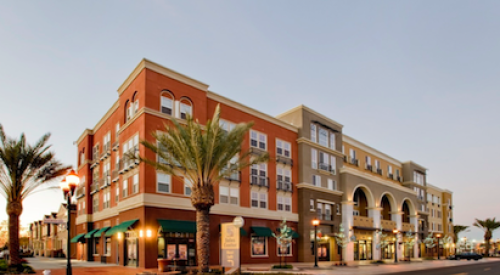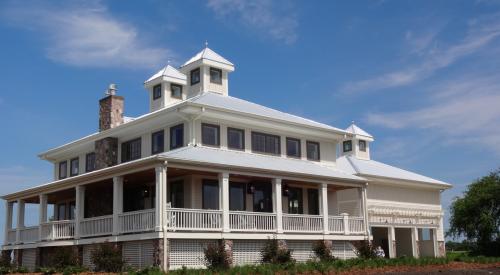If you’ve ever wondered why exactly the Bay Area is so expensive, looking at the history of its housing policies and the fallout from the Great Recession will reveal how the Golden State became as expensive as its name. Both good intentions such as environmental concerns over urban sprawl and dubious ones such as planned socioeconomic segregation mixed together to create a perfect storm that raised both rents and housing costs over the years. Housing activists in the Bay Area are actively trying to reverse some of the zoning trends and advocate for tenant rights to bring costs down, but the battle for lower prices where modestly sized homes cost millions is a daunting undertaking.
For most of American history, cities grew along a familiar pattern. Once a suburban community grew large enough, the neighboring big city would loosen its borders and swallow it up through annexation. Then in the 1950s, the developers of Lakewood, California—sometimes described as the “Levittown of the West Coast”—invented a new “municipal technology” to avoid this fate.
By contracting out vital municipal services like police, fire and sanitation to the county or private entities, the 17,500-home subdivision just outside of Long Beach was able to incorporate as a city at a significantly lower population than it otherwise would have needed. Copycat contract cities became hugely popular in the ensuing decades, forming concentric circles around old urban centers and providing suburban homeowners with the solace that, safely within their incorporated entities, they would be protected from what might euphemistically be called big-city ills.













